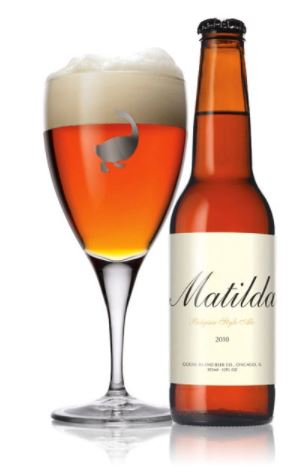1/ #MAMG21 One of the challenges of teaching art history is inherently philosophical: how can the student experience three-dimensional objects or buildings when they are only available for them in a two-dimensional form? 

2/ #MAMG21 Logistically, this challenge serves as a giant asterisk for the entire discipline: scholars of art history acknowledge the inherent difference between the images we show on screen, and the real object which exists, likely many miles away from our current classroom. 

3/ #MAMG21 There is often little to be done to reconcile the loss of the materiality and experience of the 3D object. This is how video games such as @Ubisoft's Assassin’s Creed: Unity (2014) can close the gap left by traditional educational methods. 

4/ #MAMG21 The game’s surprisingly faithful and intricate model of Notre Dame serves as an accessible alternative to even the most detailed photographs. Students who have not visited Notre Dame lack the spatial awareness of the monumental nature of these structures. 

5/ #MAMG21 Photographs alone cannot replicate the experience of such a vast scale. The sensorial nature of gothic architecture is critical to understanding the period’s relationship between man and god; witnessing the church's seemingly endless upwards thrust demonstrates this.
6/ #MAMG21 This is where AC:U can be useful to students. In AC:U, Notre Dame is rendered as in the 18th c., though it uses a 21st c. model, and has been modified in some key ways for playability and to match the average gamer’s perception of the modern cathedral.
7/ #MAMG21 This means Viollet-le-Duc’s 19th c. modifications appears a century earlier in-game than in reality. However, these distemporal features present no more difficulty they do in traditional pedagogic approaches. The experience of moving within the cathedral, anachronisms 

8/ #MAMG21 and all, can reclaim some of experientiality otherwise only possible with in situ instruction. Moreover, design choices such as a soundscape intended to replicate echoes throughout the cavernous nave or light effects which varyingly display the shimmering beauty
9/ #MAMG21 of sun through the highly detailed stained glass, and the effect of unelectrified darkness. Furthermore, 3rd-person perspectival manipulation of the player camera encourages students to literally and metaphorically shift their perspective on the space.
10/ #MAMG21 Players can scale the walls and roofs, and due to the fidelity of the game’s model, and interact with areas unavailable to the general public. These game-play features reveal more than photographs and floorplans, and can even provide access beyond in situ instruction.
11/ #MAMG21 With guided instruction, these explore-focused features can activate the students’ additional senses while allowing them to engage with the building as a 3D object. Future prospects of virtual reality only strengthen the appeal of such games as learning tools.
12/ #MAMG21 Though imperfect, games such as AC:U can help bring medieval architecture to life and activate the sense-oriented nature of gothic architecture in students who might otherwise never experience the physical structure itself, making it an invaluable tool for educators. 

@threadreaderapp unroll
• • •
Missing some Tweet in this thread? You can try to
force a refresh







